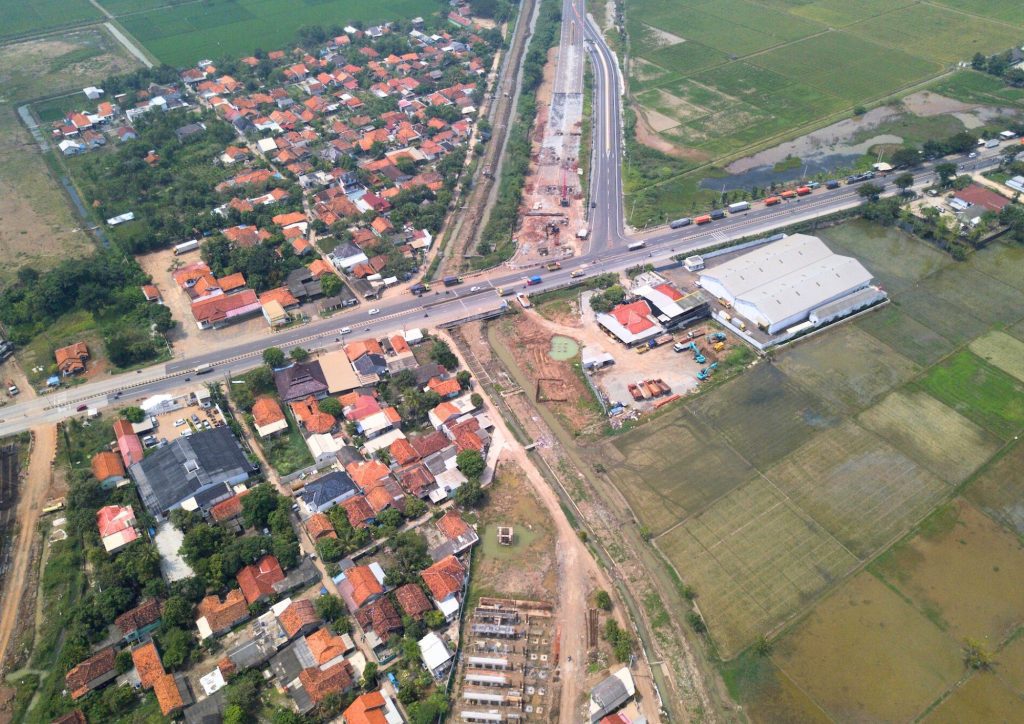
The Road So Far: A New Chapter Begins
With over 1,100 kilometers now spanning from Merak to Banyuwangi, the Trans-Java Toll Road has transformed travel and logistics across Indonesia’s most critical island. Recent segment launches from Probowangi to Jakarta – Cikampek II South and the Solo – Yogyakarta – Kulon Progo corridor have accelerated the flow of goods and people.
But while 2025 marks a major achievement, what lies ahead may be even more significant. The toll road is entering a new phase—where infrastructure meets innovation, and mobility becomes a driver of nationwide economic transformation.
What Lies Ahead: Reinventing Toll Infrastructure
As the foundation solidifies, the future of Java’s toll network is being shaped by smarter systems, deeper integration, and more targeted economic utility. Here’s a look at what’s coming:
1. Logistics Super Corridors
Toll portions are expected to expand into logistics corridors that connect inland industrial estates (such as Patimban Industrial Estate or Batang Industrial Park) to important seaports like Patimban, Tanjung Emas, and Tanjung Perak. The corridors will include:
Expect to see:
- Dedicated freight lanes
- Inland container depots near toll exits
- Smart warehousing clusters adjacent to major interchanges
- These corridors will shorten delivery times, improve export reliability, and ease pressure on warehouse facilities in dense urban centers.
2. Smarter Toll Roads, Powered by AI
As part of Indonesia’s push toward digital infrastructure, the toll network will increasingly be driven by data and automation. Planned upgrades include:
- AI-enabled traffic forecasting to manage congestion before it happens
- Dynamic toll pricing to distribute traffic across peak and off-peak periods
- 5G-powered vehicle tracking and intelligent toll systems for seamless passage
Indonesia’s Ministry of Public Works and Housing has already begun testing digital infrastructure monitoring, setting the stage for full deployment across Java’s key expressways.
3. Transit-Oriented Developments (TODs)
Java’s toll exits will evolve from simple transit nodes into integrated economic hubs. In growing regions particularly in Central and East Java:
- Mixed use zones combining industrial, commercial, and residential projects
- Logistics focused business districts supporting MICE (Meetings, Incentives, Conferences, and Exhibitions)
- New housing developments aligned with toll-linked employment centers
Here, the toll road isn’t just a means of movement—it becomes the spine of modern urban growth.
What It Means for Investors: Infrastructure with Upside
For investors, the toll road is becoming more than just a transport asset it’s the backbone of an expanding infrastructure ecosystem with multiple entry points for capital.
Emerging opportunities include:
- Industrial property development near toll exits
- EV charging stations integrated into rest areas
- Data monetization from toll user behavior
- Public-private partnerships (PPPs) for maintenance, expansion, and smart infrastructure
Notably, Nusantara Infrastructure’s recent acquisition of a stake in the Trans-Java network signals increasing institutional confidence in the long-term value of toll-linked real assets.
Beyond Java: Connecting the Islands
The next logical step is expansion beyond Java. Studies are already underway to connect the toll road to multimodal terminals serving Sumatra, Bali, and Kalimantan integrating ferry links, rail lines, and ports into a seamless national logistics grid.
Picture this: a product manufactured in Karawang reaches Singapore or Europe in under 72 hours—through synchronized toll, port, and rail systems. That’s not a distant dream; it’s a vision in motion.









